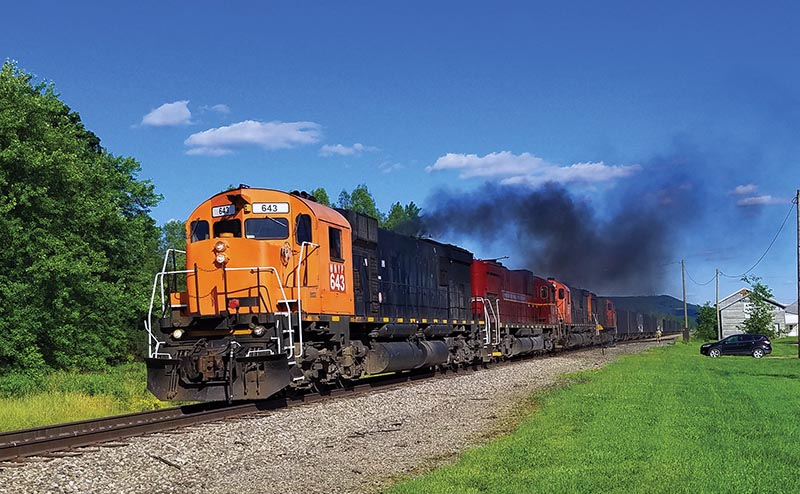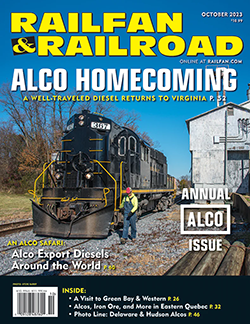Nostalgia is a tough thing. Every younger generation thinks they are immune to it, that looking fondly backward on the past is deeply uncool. After all, old stuff gets replaced by new stuff because the new stuff is just better, right?
Yet nostalgia comes for us all, eventually. Iconic equipment of the 1990s and early 2000s is, in many places, on its way out, and many fans who grew up in that era now find themselves pining for what seemed like only yesterday. Consider the list — SD90MACs on Indiana Rail Road, Amtrak’s Acela trainsets, the GE P42, BART’s original 1972 Rohr trains. Each is either on its way out or gone. Each becomes, somehow, better in hindsight; every flaw becomes a quirk, every example of poor design merely an exhibition of precious character. Will whatever replaces them ever be as exciting?
Even I am not immune. Consider Amtrak Cascades’ retirement of its tilting Talgo 6 trainsets in 2021. To me, they were the closest the U.S. had to a true streamliner, with their stylish interior and exterior color schemes, the bold “ceiling of a thousand lights” in the bistro car, and their general sense of speed. I hadn’t lived near the Cascades corridor since 2013 and I hadn’t ridden those trains since probably 2016, and yet their retirement filled me with sadness, bitterness, and maybe even a little anger. Nostalgia had caught me.
Among the most potent subjects of nostalgia in the railfan world is the diesel locomotives built by American Locomotive Company, or Alco. This might seem a little strange on the surface, for Alco went out of business in 1969. (Its Canadian partner, Montreal Locomotive Works, continued producing Alco-derived designs for about another decade.) By the 1980s, Alco locomotives were rare on main lines, and by the 1990s, they were an oddity of a few regionals and short lines. That number of operators has almost consistently dwindled every succeeding year. All too often, to read news about Alcos today is to read a series of extended obituaries. Can something, by merely disappearing, become more virtuous?
Let’s be clear — Alco did not produce the best diesel designs, the most reliable locomotives, or the best workmanship. Once a major steam builder, Alco in the diesel era was always a little on the back foot, reliant on unreliable parts suppliers and fickle corporate owners, and faced with well-funded competitors.
Then there are the products themselves. Alco diesels were notorious for making dark clouds of exhaust. Fans saw this and called them “honorary steam locomotives,” in awe of this visual drama, but to railway motive power managers, all that black smoke was just unburnt fuel, profit margins ejected into the atmosphere. Alco’s lower sales rates meant the locomotives were rarer, a treat for fans to see, but to mechanical shops that just meant there were fewer parts available to keep them operating, and fewer mechanics who knew their way around the company’s engine designs.
The tendency of fans to love the very things that railway companies hated about Alcos is not too surprising — fans are interested in personality and aesthetics, not balance sheets and operating ratios — yet what is so surprising about Alco locomotives is how persistent that love, that nostalgia, has become. In my lifetime, I can count on one hand how many times I have seen an Alco operating, and yet I often feel about them the same as I do about everyday aspects of railroading that are now disappearing. Alcos — and those who keep them running — do not easily admit defeat, and that makes me love them no matter where they are.
—Alexander Benjamin Craghead is a transportation historian, photographer, artist, and author.




